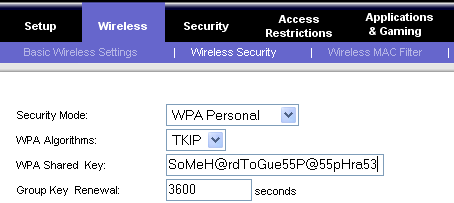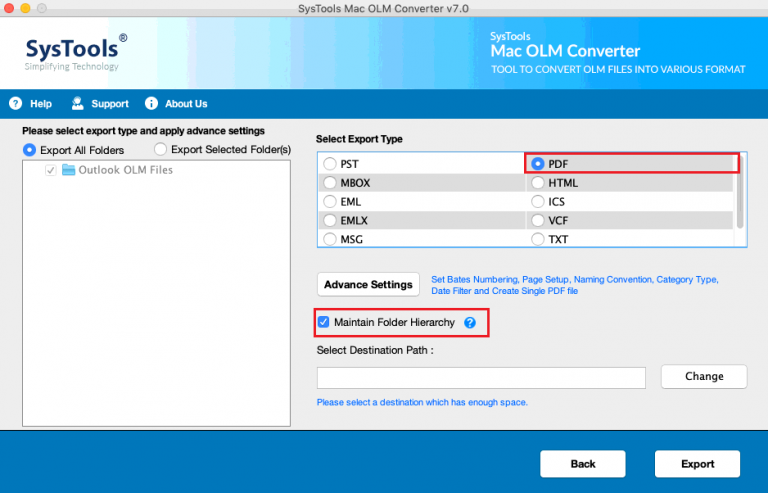


While a knowledgeable hacker with time and interest can spoof a MAC address without much difficulty most folks looking for 'free wifi' in your neighborhood are.
#Know the reason for mac filtering manual
Check the user's manual or manufacturer's web page to find the exact IP address for your router. While MAC address filtering is not fool proof (I personally do not know of any security scheme that is) it does add yet another layer of security that a hacker must work around. To open your router's web interface, open a web browser and enter the router's IP address in the address bar. If it still appears the same I will disable MAC address filtering and see what it. This way, the connection can be established (wired or wireless), but without authentication no traffic can pass through. Go to your router's admin website in a web browser. If that isnt the reason then Im buggered if I know what it is. Eventually that can also complement or replace WiFi's WPA2/WPA3 pre-shared key method.

You may want to look into port authentication, 802.1X, certificates, RADIUS. It just annoyingly persists even in new equipment, for "legacy" reasons. So the MAC filtering technology is obsolete as a security feature, regardless who implements it (UniFi or anyone else). MAC Filtering doesnt make the network LESS secure, it may be a false sense of security for the unlearned, but like that bike lock, opportunity is thwarted. Error: Network error: Unexpected token G in JSON at position 0. Now, it just seems foolhardy of Apple to have a 'feature' that prevents their devices from connecting to some networks. Smart phones actually have the very easy capability of randomizing their MAC address on every connection. I then set the MAC filtering mode on both to ALLOW.
#Know the reason for mac filtering software
MAC filtering, by design, was a good idea back in the days when everyone expected devices to use their physical MAC address, as inscribed by chip manufacturers into the network interfaces.īut later on, MAC address could be "spoofed" by malicious software circumventing the restrictions of TCP/IP stack, and then this "bug" became a "feature" and a legitimate user setting in most operating systems.


 0 kommentar(er)
0 kommentar(er)
